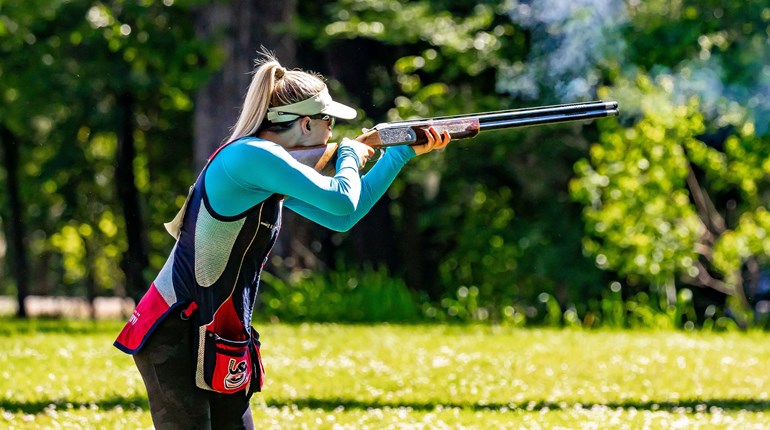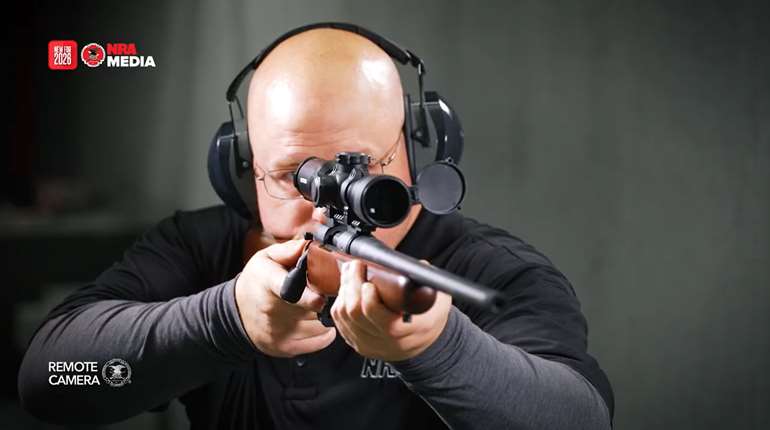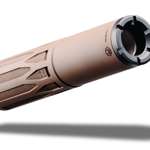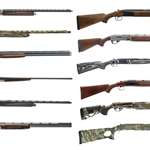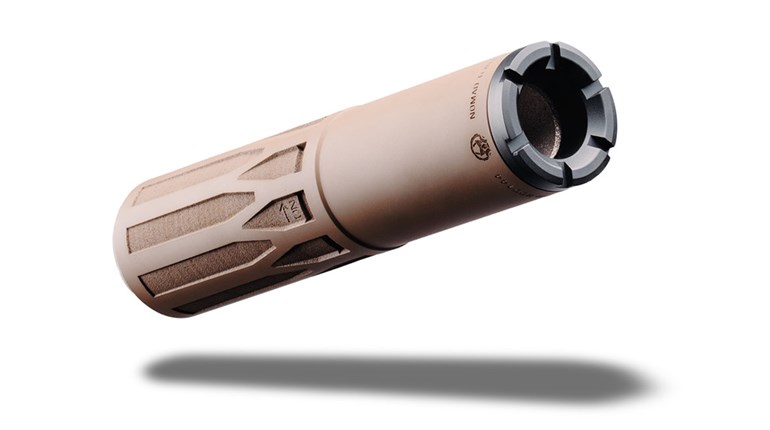
Editor's Note: Contributor Brad Fenson recently had the opportunity to put all of these optics to use on a Colorado mule deer hunt. Read that story here.
Leupold’s DNA (Digitally eNhanced Accuracy) RX-1200i rangefinder is compact and weatherproof, and features multicoated optics and selectable reticles. It acquires targets lightning-fast to well beyond 1,000 yards and offers shot-correction data for consistent accuracy with any rifle. In the settings, hunters can access milliradian-based shot-correction data. The setup menu is intuitive. An archery setting provides True Ballistic Range (TBR) readings to 125 yards, displayed to the nearest tenth of a yard.
The BX-3 Mojave roof-prism binocular is rugged, waterproof and easy to use without eye strain. Coated prisms and lenses produce great light-gathering capabilities. We had no problem counting points on mule bucks well over a mile away.
All VX-6HD riflescopes are built with 30mm main tubes, 6X erectors (6:1 zoom ratio) and second focal-plane illuminated reticles with one-button intensity adjustment. They feature lenses with special coatings that increase light gathering, shed dirt and water, and prevent fingerprints and scratches. Adjustable elevation and windage turrets allow you to zero a rifle at 100 yards and dial the turrets to a specific range to compensate for elevation and windage. The elevation turret can be dialed up two full rotations, and on the second revolution, the lock button sinks to indicate you are on the second turn, so you can dial for extended ranges and never lose your place. Each turret is custom-etched with exact information for a specific load, which Leupold refers to as a Custom Ballistic Dial. The computer program that etches the turrets uses everything from ballistic coefficient to the speed and energy of the bullet, and elevation. With the Browning BXR loads, my turret could be dialed to 1,000 yards in the first revolution, and just shy of 1,400 yards on the second.
Leupold added an in-scope Electronic Reticle Level (ERL) indicator for precise leveling, and a throw lever for fast magnification changes. The electronic level is a part of the illumination; when it is on, the red illumination of the reticle will flash if you are more than 1 degree off level.
The evolution of these optics has led to higher light transmission and crisper resolution that can only be measured by spectrometers. It is those improvements that make the image, and thus the scope, HD. There are six models to choose from with different magnifications and objective lens size.















